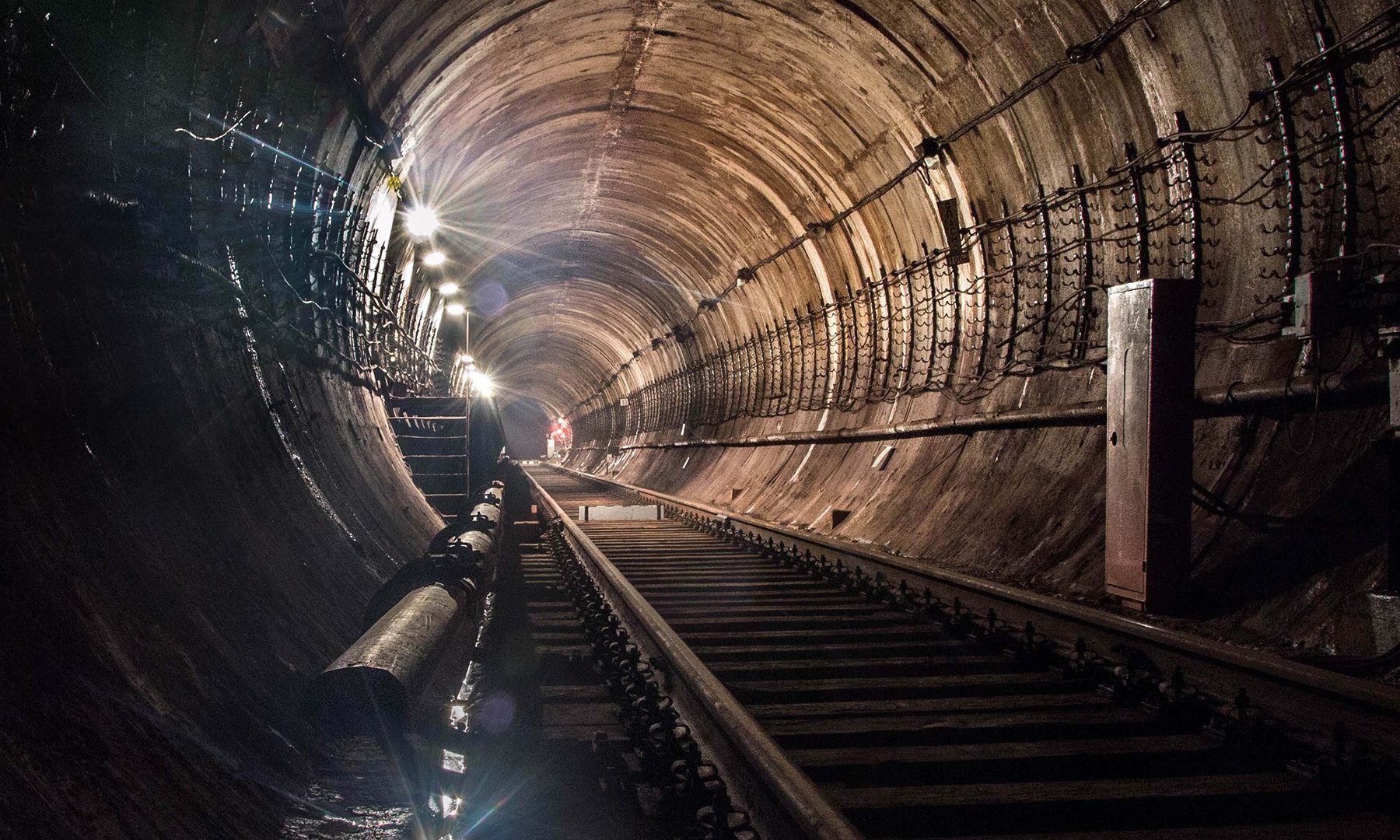Scope of Supply
Site Detail
Project Challenges
All activities at the six individual construction sites need to be monitored individually at each of the stations, since no link was made available for a centralised tracking server. The tracking data from the six portals needed to be collated and reported on a site-by-site basis, and compiled into a single reporting template if required.
NLT was originally expected to commission all six sites within a three month period. Due to construction delays, this was extended for an undetermined period of time. Minor changes were made to NLT’s Digital Mine software to enable the integration of several different hardware platforms.
Project Details
In order to provide the required equipment and personnel tracking solution, NLT connected an RFID reader to a Serial-to-Ethernet converter, which connects to the Tunnel Link Box (TLB). Wi-Fi coverage was achieved by connected a Wireless Access Point (WAP) to the TLB’s internal switch, enabling connectivity to the rest of NLT’s equipment and network.
To accommodate the necessary environmental monitoring required in the tunnel, multiple sensors were connected to an IP – I/O receiver that gathered every 4-20mA signal, which were then passed on to NLT’s Digital Mine Software and factored into a readable format.
Communication via the TLB, with the ability to trigger emergency events, was enabled by connecting the IP intercom slave to a switch controlling the IP master intercom. Beyond the IP master’s capacity to provide one-on-one and one-to-all voice communications, it also sends EVAC commands through the IP intercom slave’s relay. This, in turn, triggers a visual alarm (a beacon) and an audible alarm (a siren), alerting personnel in the tunnel of an environmental event or life-threatening situation.

